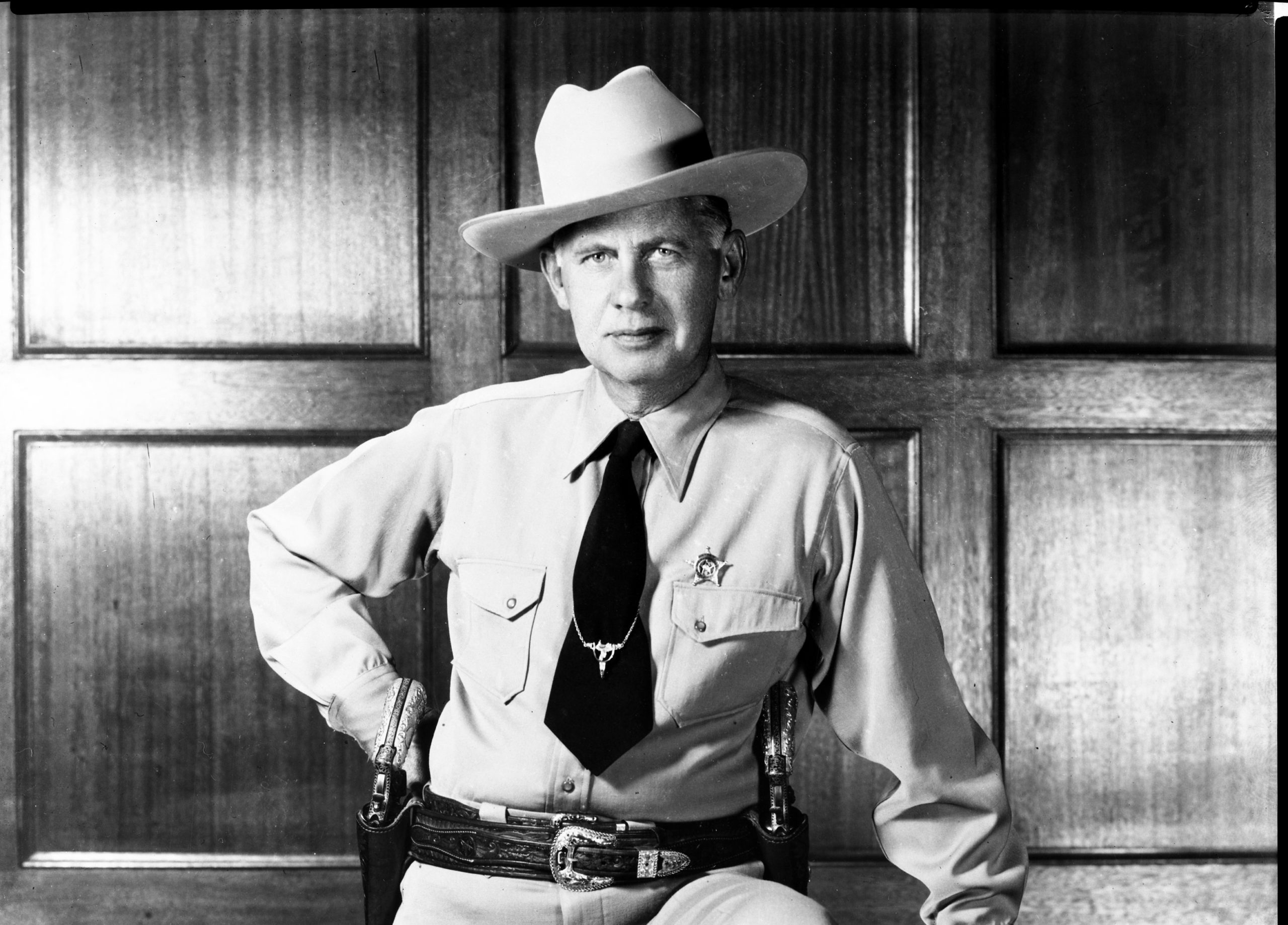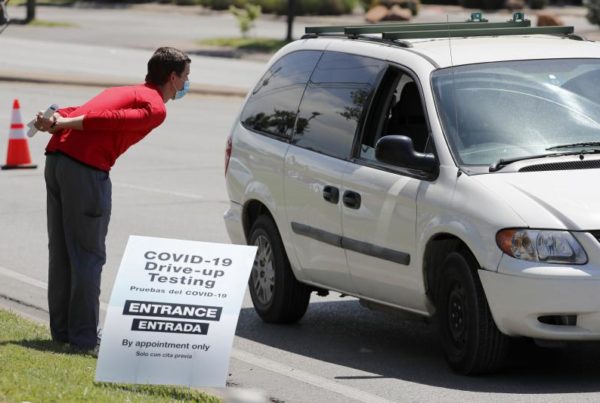The Texas Rangers have always cast a long shadow in the Lone Star State. The law enforcement agency has had a hand in many high-profile criminal cases, and its members have been dramatized in movies, TV shows and even radio.
But as Texas Monthly put it in a recent review, the book “Cult of Glory” upends decades of myth-making by reexamining the history of the Rangers.
Doug Swanson is the book’s author, and he told Texas Standard host David Brown that the truth about the Texas Rangers is more complicated than the legends about them.
“I tried to bring an investigative reporter’s approach to it,” Swanson said. “I started pealing back the layers a little bit, and it was surprising to me how fast some of these old legends just fell apart.”
Callahan County in West Texas is named for ranger James Callahan, who chased Native Americans into Mexico in 1855. Swanson said that story is true, but that Callahan was also attempting to return runaway slaves to Texas, with the intention of selling them.
“His mission fell apart very quickly,” Swanson said. “He had to burn down the town of Piedras Negras on the border, across from Eagle Pass, to escape. So his mission was nefarious, and it was a complete failure. But none of that makes its way into the initial legend.”
In the early 1900s, Swanson said Texas Rangers acted as “death squads” along the border with Mexico. Some of those the rangers killed were “bad guys” and some were innocent, Swanson said. Estimates of the death toll among Mexican Americans range from several hundred to several thousand.
Until recently, atrocities committed by Texas Rangers were not documented in museum exhibits, including the Texas Rangers Hall of Fame and Museum in Waco. But Swanson said the Bullock Texas State History Museum in Austin has presented an exhibit on the subject of border atrocities committed by rangers.
“A lot of this is in the records, but it’s not what is emphasized in what we might call the ‘official history,'” Swanson said.
Providing a more complete portrait of the Rangers’ history doesn’t diminish the accomplishments and bravery of many who served, Swanson said. Many lost their lives in the line of duty.
“There are many, many, many rangers who were brave and tough, and did what had to be done,” he said. “And there were many dedicated rangers who did the right thing all along. There’s no doubt about that.”
Today, the Texas Rangers is an investigative unit of the Texas Department of Public Safety. Swanson said they are trained, professional law enforcement officers.
“The rangers of old were very independent,” Swanson said. “They didn’t have a lot of training. They were picked because maybe they were good riders … or could shoot well, or were just in the right circumstance.”
Web story by Shelly Brisbin.
If you found the reporting above valuable, please consider making a donation to support it here. Your gift helps pay for everything you find on texasstandard.org and KUT.org. Thanks for donating today.















